Beijing Airport Pickup


 marcopolo@chinatoursnet.com
marcopolo@chinatoursnet.com
Home / Beijing Tours/ Detail

Beijing Olympic Park
.png)
.png)
4 Days Beijing Highlights Tour Inlcude Mutianyu Great Wall
1 Person $210 $ 210
2 Person $210 $ 210
3 Person $210 $ 210
4 Person $210 $ 210
5 Person $210 $ 210
6 Person $210 $ 210
7 Person $210 $ 210
8 Person $210 $ 210
9 Person $210 $ 210
10 Person $210 $ 210
10> Person $210 $210

Travel personnel
Number of rooms
Total Price $0
00
:00
:00
:0
Our company offers you unforgettable travel at do not calculate the cost price, Please make sure to share our website and your travel videos and photos. Thank you
According to your travel date, daily departure. No booking number of people limit, if you are the first person to join the group tour, please click book now or initiate group tour booking, your group tour booking is successfulIf.
If we have a reservation for your travel date, please click to join the tour. Please pay full payment by Paypal or Credit Card.
This is the best way for you to save money and enjoy a pleasant tour.
In order to form a group as soon as possible, please share this tour details to your circle of friends and social media.
Share our tour itinerary on Facebook and Twitter, each applicant needs to share 20 people to register as our members, within the specified time. Will succeed in getting free group tour. The travel date is unlimited.
The member registration must be true information. If there is any fake, the free travel qualification will be cancelled
The number of members who complete the membership registration requirements within 24 hours can get free travel, which is invalid if it is out of time.
Highlights
Historical Beijing is a true testament of how the country has grown from the historical past to the brilliant present. Few essential pillars in the Chinese capital are included in this marvelous 4 days tour, signs of its magnificent richness of its culture covering Tiananmen Square, Forbidden City, Mutianyu Great Wall, Changling Tomb, Temple of Heaven, Summer Place, and other leading attractions in the downtown area. Join this group tour with other adventurous tourists in the same vehicle accompanied by one English speaking guide to build lifelong memoirs.
GUARANTEE OF SERVICE
.png) NO HIDDEN CHARGES
NO HIDDEN CHARGES
.png) BEST PRICE GUARANTEE
BEST PRICE GUARANTEE
.png) MONEY BACK GUARANTEE
MONEY BACK GUARANTEE
.png) PROFESSIONAL TOUR OPERATING TEAM
PROFESSIONAL TOUR OPERATING TEAM
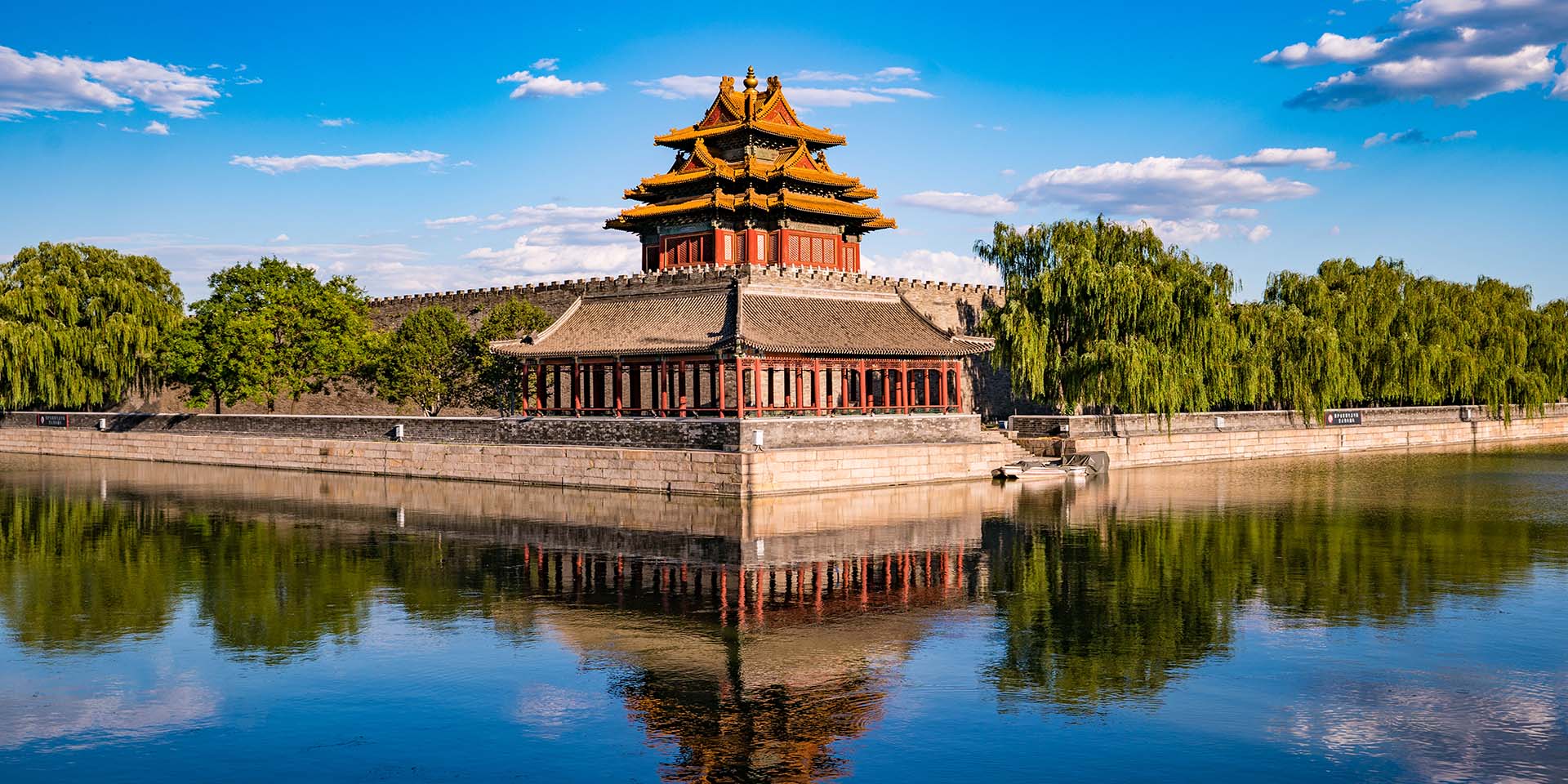
Forbidden City
The Forbidden City has now become recognized as one of the five most important palaces in the world. It was declared a World Heritage Site in 1987, and is listed by UNESCO as the largest collection of preserved ancient wooden structures in the world.
Forbidden City

Summer Palace
Summer Palace ranked amongst the World Heritage Sites by UNESCO in 1998. It declared the Summer Palace "a masterpiece of Chinese landscape garden design. It is said to be the best preserved imperial garden in the world, and the largest of its kind still in existence in China.
Summer Palace
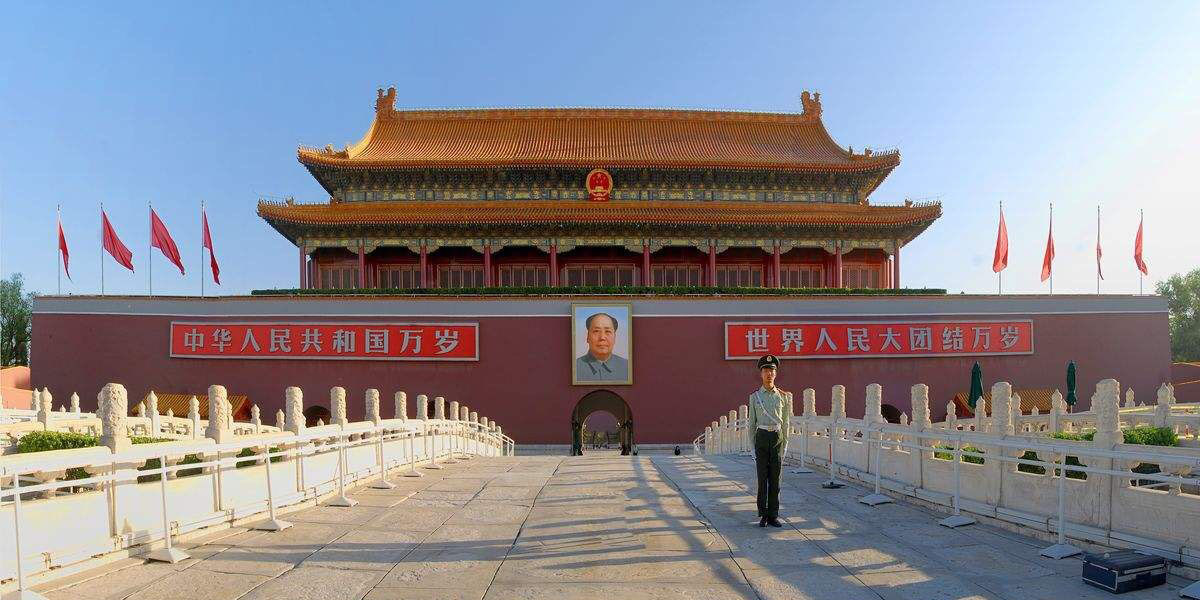
Tiananmen Square
Tiananmen Square is within the top ten largest city squares in the world, where you can visit the Tiananmen Tower, Monument to the People's Heroes, Great Hall of the People, Chairman Mao Zedong Memorial Hall and see the national flag raising ceremony.
Tiananmen Square
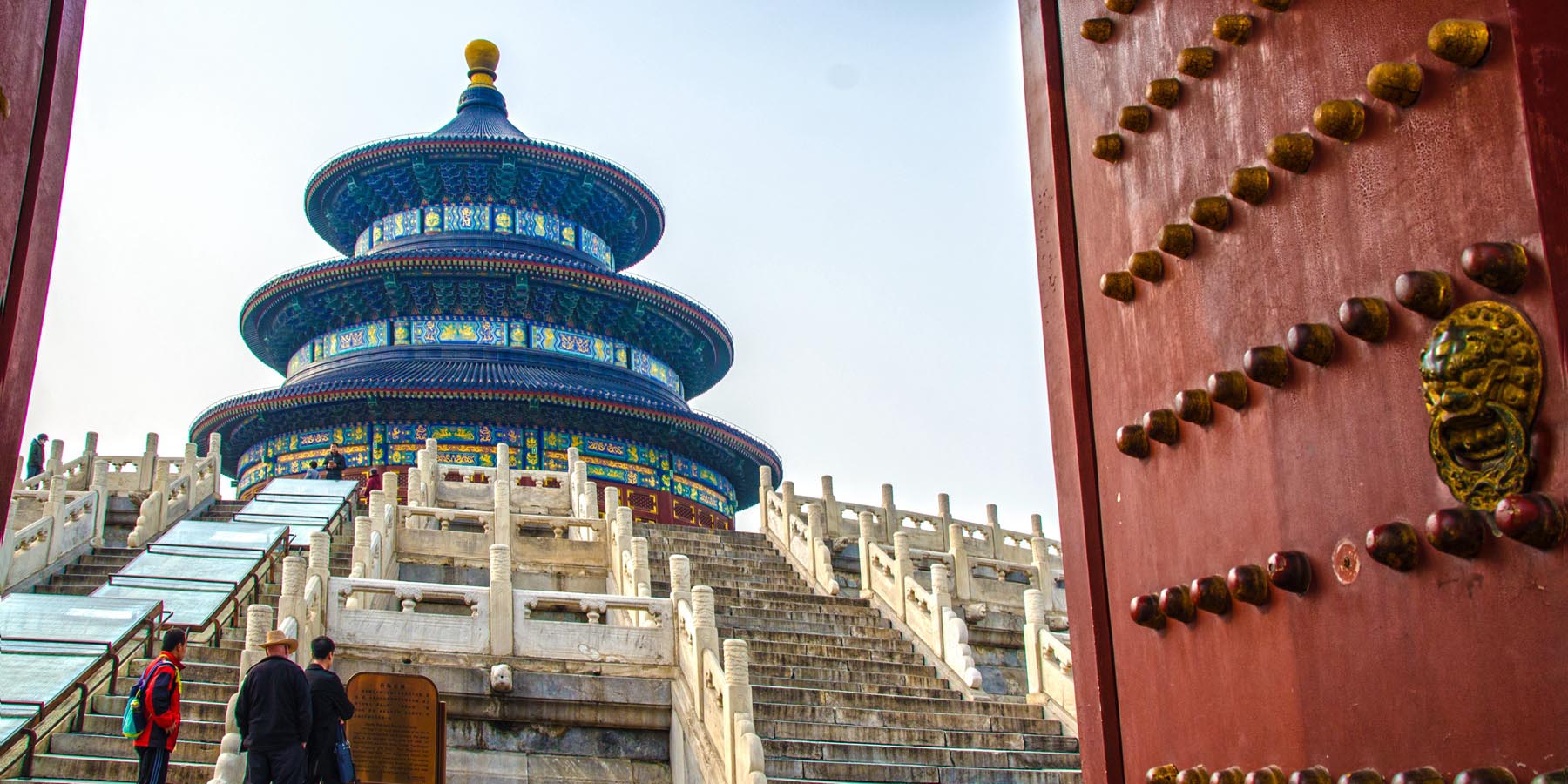
Temple of Heaven
Temple of Heaven is the largest and most representative existing masterpiece among China's ancient sacrificial buildings. It has been listed as World Cultural Heritage by UNESCO. The complex was visited by the Emperors of the Ming and Qing dynasties for annual ceremonies of prayer to Heaven for good harvest.
Temple of Heaven
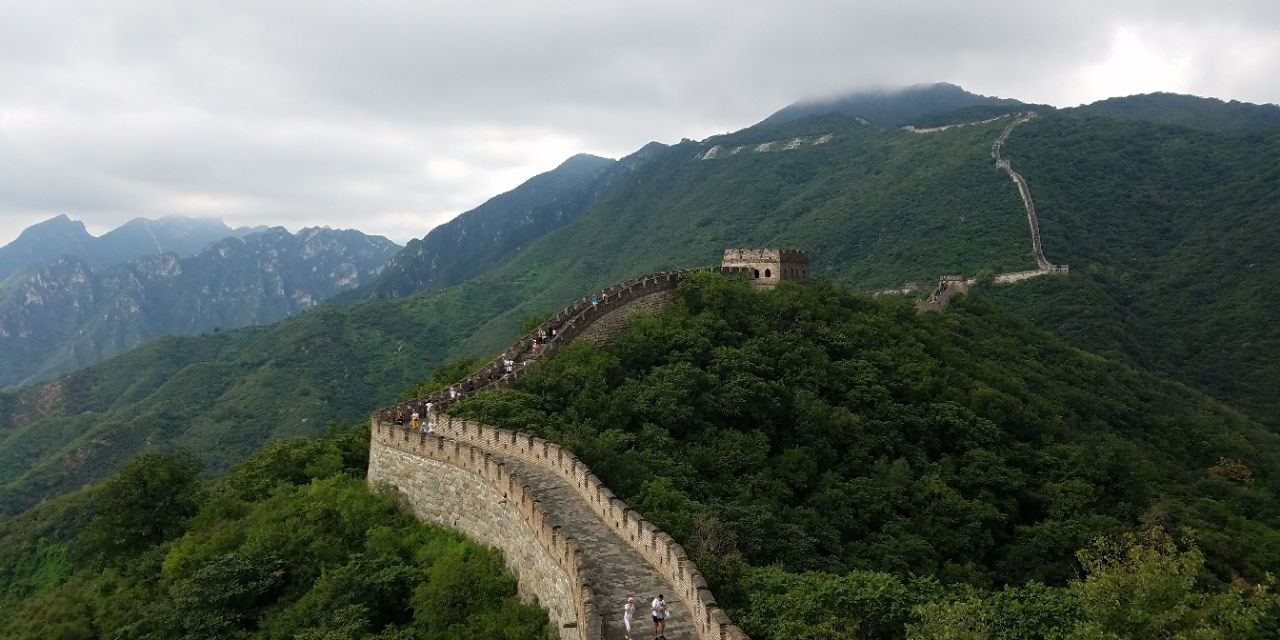
Mutianyu Great Wall
Mutianyu Great Wall reputed as “the most beautiful part of thousand-li Great Wall”. It’s the longest section of Great Wall and granted as one of the 16 most beautiful sceneries in Beijing with the most interesting entertainment facilities for different ages.
Mutianyu Great Wall
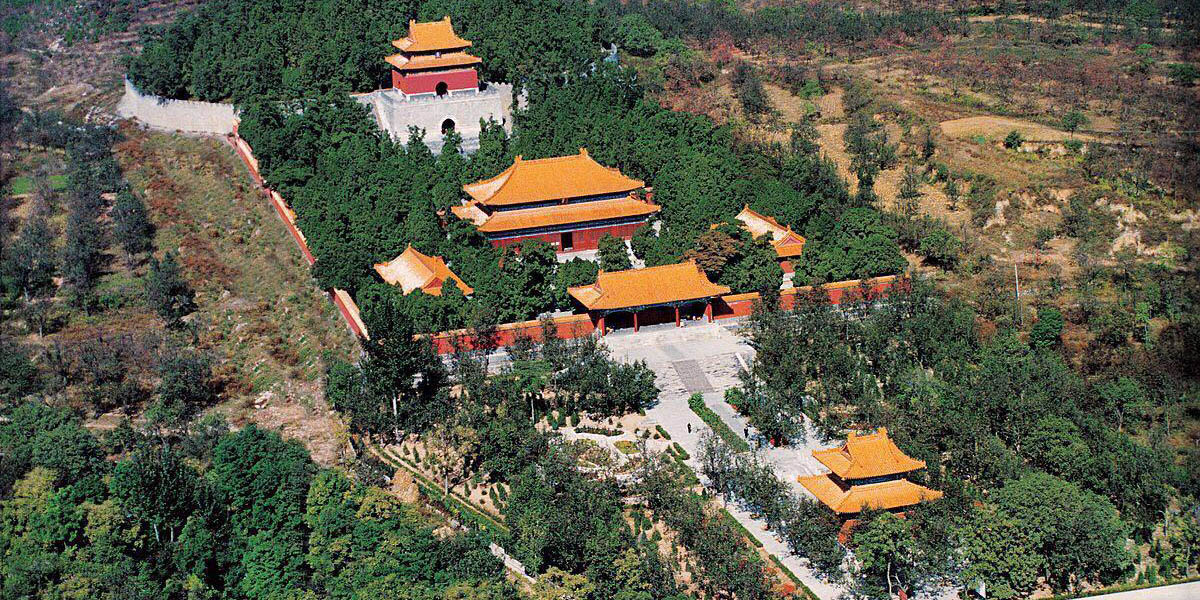
Ming Tombs(Changling)
The tomb is the largest of the 13 Ming tombs, for Emperor Zhudi and his wife lies at the foot of Tianshoushan (Heavenly Longevity Mountain). Changling is the only tomb in the complex that has been unearthed for scientific research and has over 3,000 precious unearthed articles.
Ming Tombs(Changling)
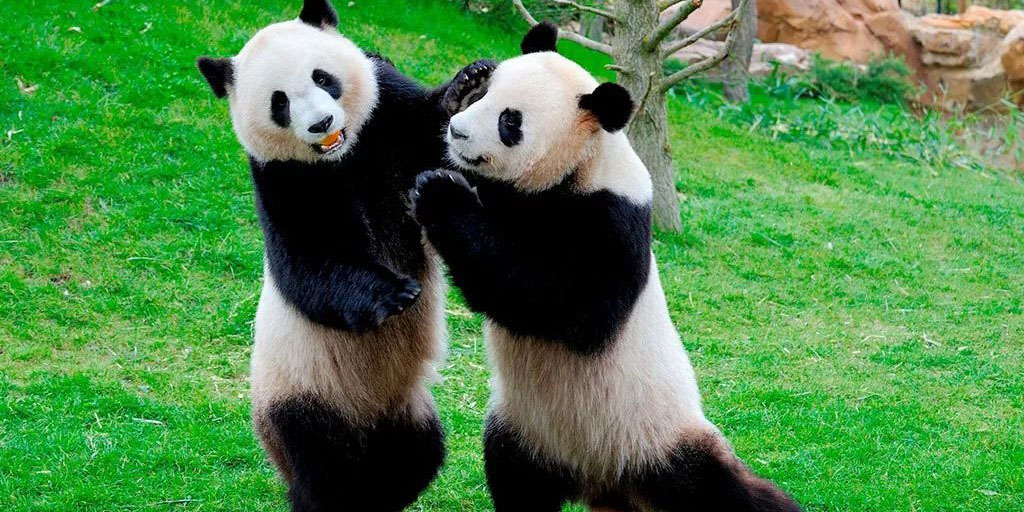
Beijing Zoo
The highlight of Beijing Zoo is for many the hall of the giant panda. As everyone knows, the giant panda is native to China and recognized as one of China’s national treasures and a national symbol.
Beijing Zoo
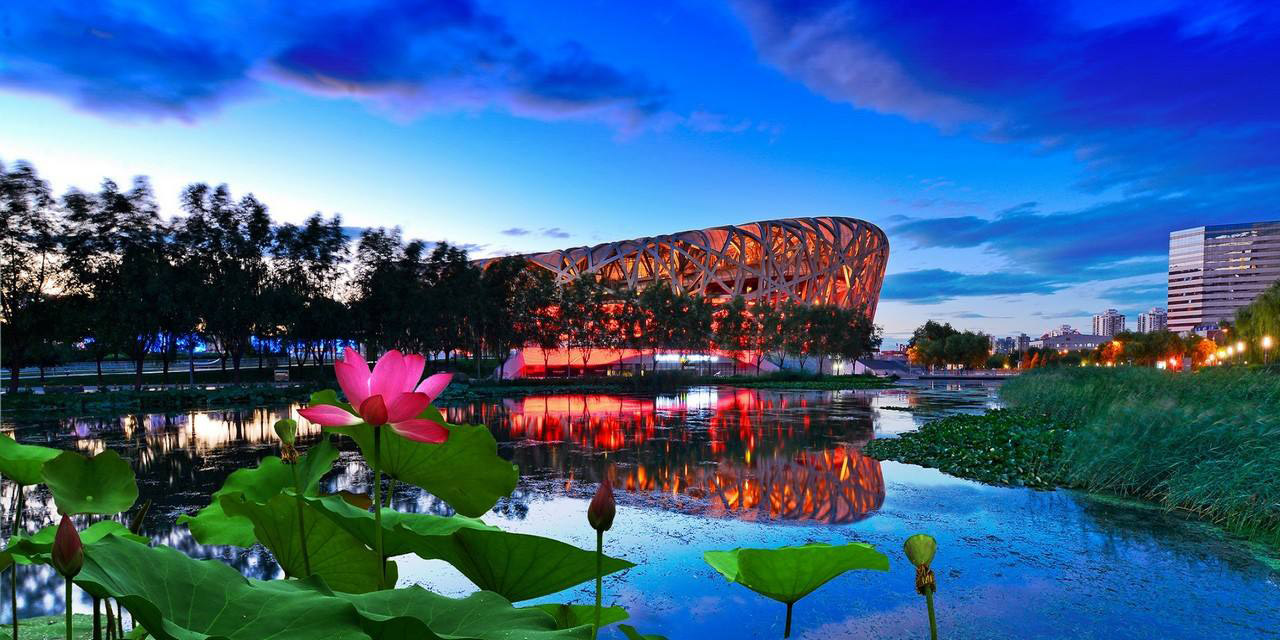
Beijing Olympic Park
It's the hosting place for the 2008 Olympic Games with unprecedented architectures of Bird's Nest and Water Cube displaying colorful lights casting a bright and dazzling world in the evening.
Beijing Olympic Park
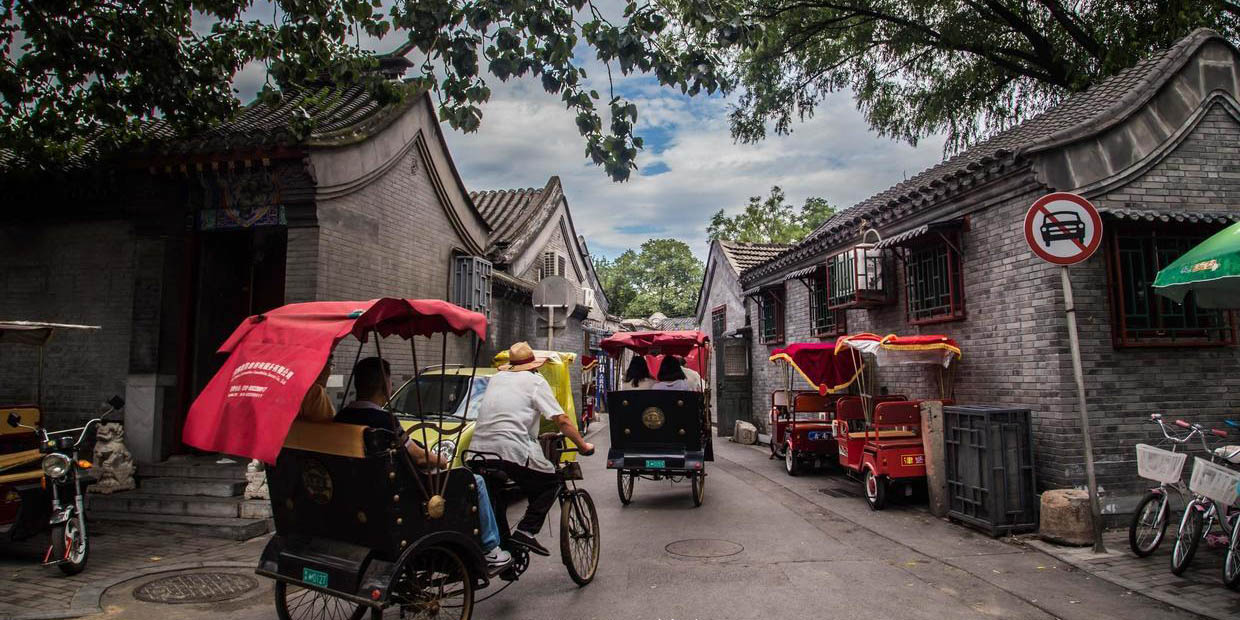
Hutong
Hutong now means a lane, formed by rows of Courtyard where old Beijing residents lived. People say that the real culture of Beijing is the culture of the Hutong and Courtyards. The alleys give a wonderful glimpse into yesterday’s world, the old way of life and traditional Beijing culture.
Hutong
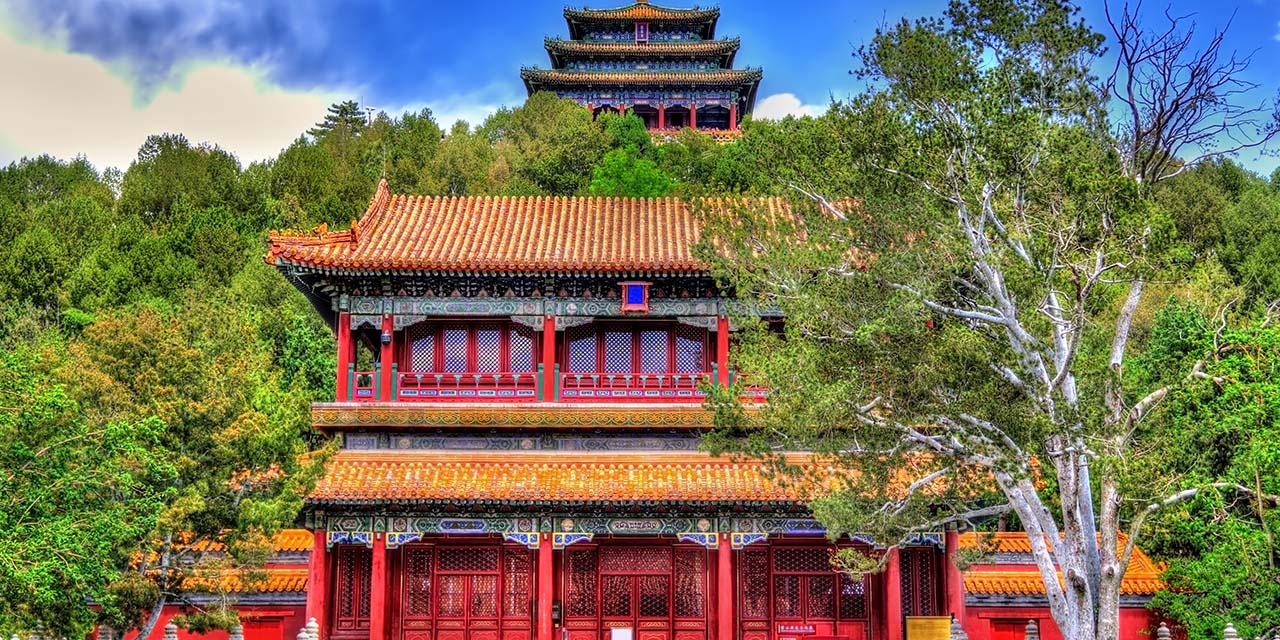
Jingshan Park
Jingshan Park is a beautiful royal landscape garden. The park is nice to walk around but what really makes it great is that the temple at the top of the hill, the Pavilion of Everlasting Spring, affords panoramic views over Beijing and the Forbidden City.
Jingshan Park
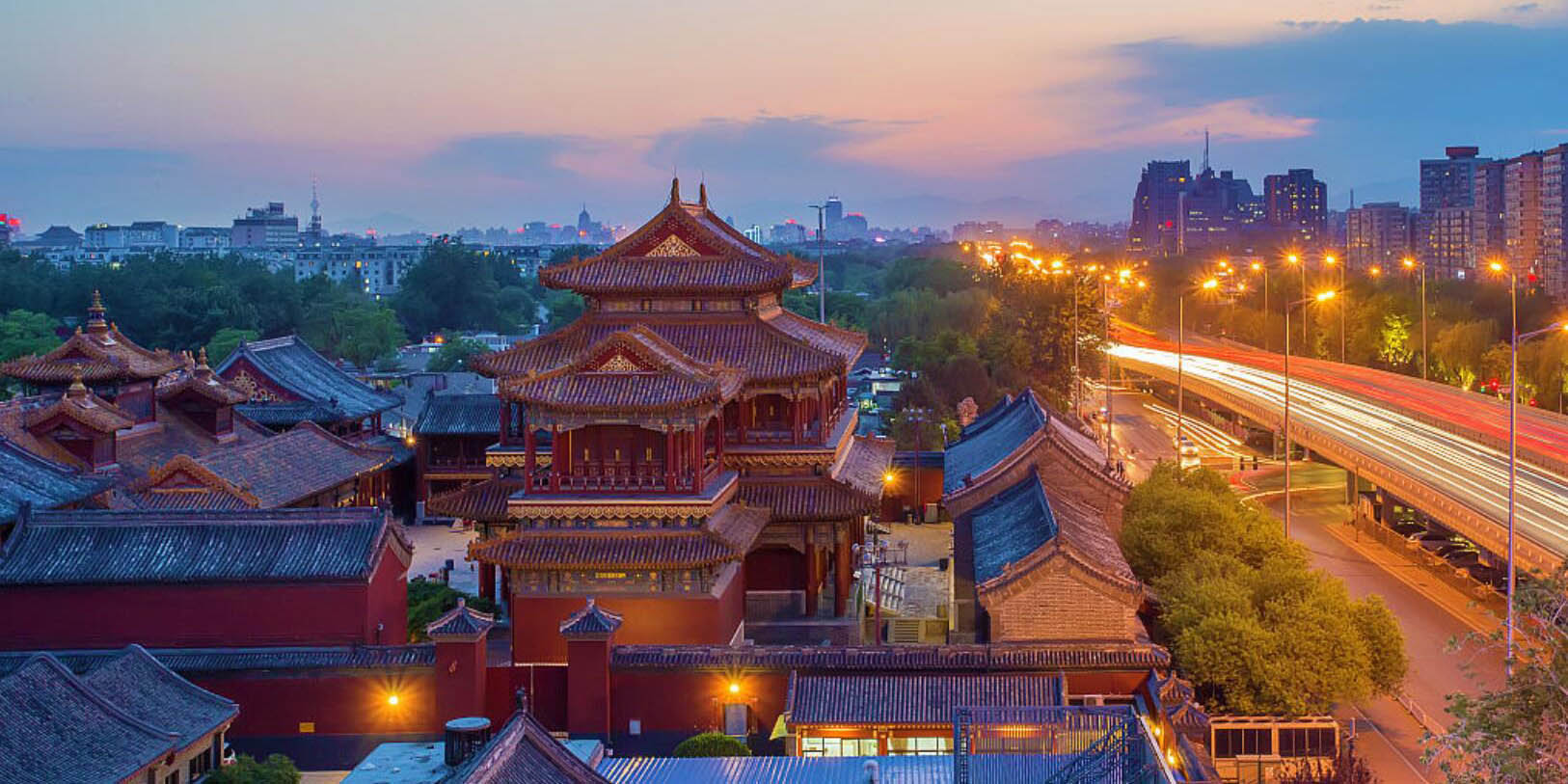
Lama Temple
Yonghe Temple, also known as Harmony and Peace Palace Lamasery, considered as the largest and most perfectly preserved lamasery in present day China. The biggest Tibetan Buddhist temple in Beijing is a popular worship place for locals. With 300 years of history, Yonghe Lama Temple has three world-record masterpieces.
Lama Temple
Tour Itinerary
 Open All
Open All
Day 1 Beijing
Tiananmen Square, Forbidden City, Temple of Heaven, Summer Palace
Our driver and tour guide will pick you up from the hotel in the early morning. You kick off your tour from the largest and most magnificent city square--Tiananmen Square. Then, stepping across to the other side of the square, walk into the Forbidden City, the largest and best-preserved ancient imperial palaces group with 500 years history in the world. Continue to visit the Temple of Heaven; the largest ancient imperial worship architecture group in the world where the ancient Emperors prayed for peace and harvest.
After a fulfilling Chinese style lunch and a visit to a silk factory, you are driven to the most beautiful imperial garden at the Summer Palace. Enjoy a cruise on the beautiful Kunming Lake and see ancient buildings and mountains along the bank. After this, you visit a silk factory and then escorted back to the hotel.
P.S.
1. The Forbidden City is closed on Mondays
2. You need to provide passport No. for booking the tour
3. It is compulsory for you to take the passport to enter Forbidden City
4. There is no boat in winter
Scenic spots included in the itinerary

.png)

.png)

.png)

.png)
.png)
 Lunch
Lunch
Day 2 Beijing
Mutianyu Great Wall, Ming Tombs(Changling)
The driver and tour guide will pick you up from the hotel in the early morning. You head to the Mutianyu Great Wall, known for its beautiful surroundings with dense woods and rich pastures, changing colors with the seasons of a year. After chowing down a delicious Chinese style lunch and a visit to a jade factory, head to Ming Tombs(Changling) which is the largest, oldest and also a best-preserved tomb in the Ming Tombs. After enjoying a tea ceremony, you'll be sent you back to the hotel.
Scenic spots included in the itinerary

.png)

.png)
.png)
 Lunch
Lunch
Day 3 Beijing
Free Day
Today you enjoy time by your own.
.png)
Day 4 Beijing
Jingshan Park, Lama Temple, Beijing Zoo, Hutong, Olympic Center
The driver and tour guide will pick you up from the hotel in the early morning. Today you commence the tour from Jingshan Park where you can have a panoramic view of the Forbidden City. Then you go for the famous Tibetan Buddhist Lama Temple where you can take in the architecture and the oasis of calm from one of the most buzzing historic districts in the city, and enjoy the Tibetan traditional painting on cotton or silk, depicting a Buddhist deity, scene or mandala.
The next stop is Beijing Zoo to see the giant pandas. During lunchtime, take the rickshaw and tour traditional Hutongs then have lunch with the locals to experience the culture, tradition and old customs. The tour ends with an exterior visit of the 2008 Olympic Center then you will head to the hotel.
Scenic spots included in the itinerary

.png)

.png)

.png)

.png)

.png)
.png)
 Lunch
Lunch
Dexule Suite
Hotel Position : Plaza del Angel, 12, 08002 Barcelona, Spain
Opened:2000
Number of rooms:108
Postcode:100007
Redecorated:2017
The Ping'anfu Hotel (Ping'anfu Binguan) is a luxury hotel located in the hustle and bustle of the city center. It is only 4 kilometers from the railway station and 28 kilometers from the airport. This hotel provide comfortable rooms, ranging from standard doubles to deluxe suites. Facilities in rooms include international direct dial telephones, satellite televisions, central air conditioning and mini bars. Room service is available on request. Guests of the hotel will also have the chance to relax in the sauna and massage center. The hotel has numerous restaurants, mostly serving Chinese cuisine.
Check-in & Check-out
Check-in from 14:00
Check-out before 12:00
Smoking is now strictly prohibited within all public and enclosed spaces in Beijing. This hotel will NOT offer smoking rooms.
Opened:2000
Number of rooms:108
Postcode:100007
Redecorated:2017
Price Includes
.png) Entrance fees described in the itinerary
Entrance fees described in the itinerary
.png) Air-conditioned vehicle
Air-conditioned vehicle
.png) Lunch
Lunch
.png) English speaking guide
English speaking guide
.png) Hotel pick-up & drop off
Hotel pick-up & drop off
.png) VIP access to the Forbidden City
VIP access to the Forbidden City
.png) VIP pass (no need to transfer to the shuttle bus at the entrance)
VIP pass (no need to transfer to the shuttle bus at the entrance)
Excludes
.png) Cable car fee
Cable car fee
.png) Tips to the guide and driver
Tips to the guide and driver
Self-financed Projects
 Transport
Transport
Beijing Airport Pickup
Beijing Airport Drop-off
 Food
Food
Peking Roast Duck
Hot Pot
 Program
Program
Beijng Acrobatic Show
Peking Opera Show
Chinese Kungfu Show
Golden Mask Dynasty Show
 Scenic
Scenic
Beihai Park
Jingshan Park
Bell and Drum Towers
Mansion of Prince Gong

 chinatoursnet
chinatoursnet
benniejay

mirceao455
Bucharest, Romania
2funworldtravers
pedro148595
Mdezarraga2

stevensE4605SC
Durban, South Africa

NYCfoodiegirl
New York, NY

NancyVaB
aklein729
Sreesagubadi
valsayn, Trinidad and Tobago
Booking Note
How to Choose Tour Type?
Affordable Group Tour:
Our small group tour is around of 15 peoples picked up from different hotels. Suitable for tourists with limited budget and who would like to travel with others from different countries.
Best Value Private Tour:
More flexible and time saving.No need to wait for other tourists.Flexible schedule . Possible to be customized for your own itinerary. A privet tour guide and air-conditioned vehicle will be at your service.
How to Book?
1. You can book online, choose to pay the deposit or full payment. We accept payment by PayPal, Credit Card, Wechat and Bank Transfer. After booking, we will send you a booking confirmation email.
2. When you arrive at the departure city, the exactly pick up time will inform by your tour guide though your hotel one night before your tour date.
3.Pick-up Service: To ensure the morning pick-up going smoothly as scheduled, we suggest you choose downtown hotels within the fourth ring road of the city. An additional transfer fee will be incurred if your hotel is outside the above mentioned area. If your hotel is located in a narrow lane or an apartment block, we suggest you find the nearest hotel on the main street as your pick-up point.
Cancellation Policy:
If you cancel at least 7 day(s) in advance of the scheduled departure, there is no cancellation fee.
If you cancel between 3 and 6 day(s) in advance of the scheduled departure, there is a 50 percent cancellation fee.
If you cancel within 2 day(s) of the scheduled departure, there is a 100 percent cancellation fee.
Hotel, flight and train ticket fees are not refundable.
.png) Tour Code: A0427
Tour Code: A0427
.png) Duration: 4days
Duration: 4days
.png) Departure date: Everyday
Departure date: Everyday
.png) Tour type: Private,Group
Tour type: Private,Group
.png)
.png)
.png)
.png)
 marcopolo@chinatoursnet.com
marcopolo@chinatoursnet.com


Phone:+86-13683536536
WhatsApp/iMessage:+86-13683536536
WeChat:chinatoursnet
Acrobatics

Total Price:
$
